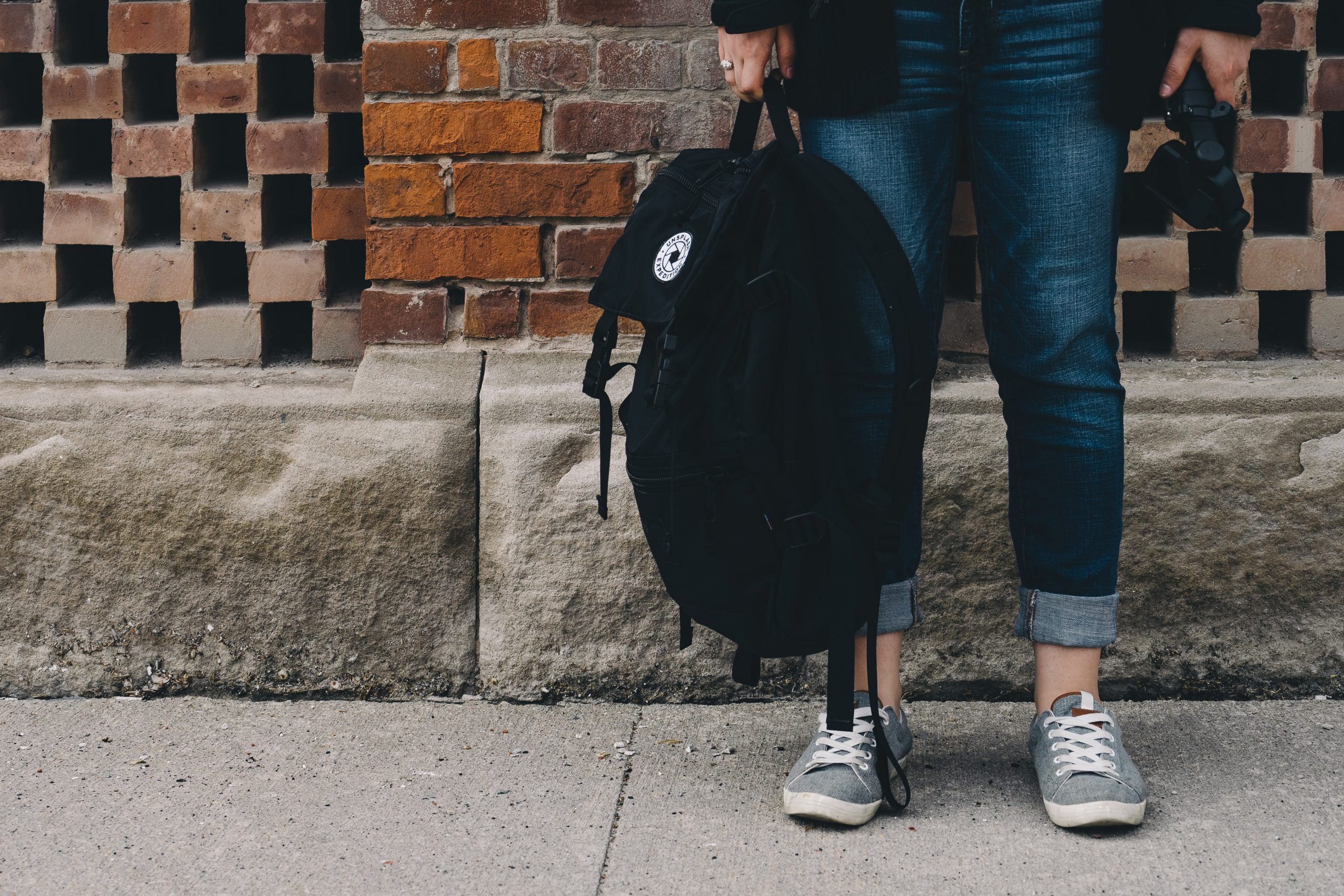Breakdown of DOE Reopening Guide
Department of Education COVID-19 Handbook, Volume 2: Roadmap to Reopening Safely and Meeting All Students' Needs

On April 19th, 2021 the Department of Education provided a fantastic handbook for reopening schools. We have put together a quick reference summary highlighting the important topics covered in this handbook.
SECTION I:
Creating Safe and Healthy Learning Environments
1) Meeting Basic Needs
In this section, the guide discusses the primary importance of ensuring schools are meeting the basic needs of students, such as providing school meals, regardless of “educational setting” meaning whether the student is in school or learning from home, they have meals. Meals to be provided via waiver when needed as per the USDA include breakfast, lunch, snack, and dinner.
For distance learning, these meals are to continue to be made available via “curbside distribution, home delivery, school bus route delivery, and delivery to accessible community locations (such as library parking lots.)”
To ensure equity, school administration is encouraged to provide surveys to homes and engage in consistent conversation with nutrition directors. Especially critical for administration to convey to nutrition directors is that students continue to receive meals even if they are unable to pay.
An added complexity administration faces is in the increasingly common circumstance of student homelessness. Liaisons must be assigned to ensure these students are accounted for.
2) Meeting the Social, Emotional, and Mental Health Needs of Students
This section covers the basics for how the mental health of students is a close second in importance.
The last year has created an enormous trauma for students, intensifying pre-existing mental health concerns and often sparking mental health concerns in students that were mentally well before the pandemic.
Ensuring school is a consistent place providing ongoing support and structure is critical to all students’ ability to thrive.
Part of this support will continue to require helping students be connected to their communities. One great way to encourage this is through tech driven peer support apps on their Chromebooks such as FightSong.
3) Providing All Students With Access To A Safe and Inclusive Learning Environment
As per this DOE report, some researchers estimate that over 3 million students have been absent from learning since the beginning of COVID-19 in March 2020. Helping identify, locate and scaffold these students back into a structured learning environment is an enormous task and an essential one. Many of these students come from disadvantaged backgrounds. It is critical that this is not done in a punitive way, as punishment for their lack of ability to participate in school isn’t going to incentivize reintegration into the school system.
In regards to physical safety when returning to school, the CDC recommends the following:
1) Universal and correct wearing of masks
2) Physical distancing
3) Handwashing and respiratory etiquette
4) Cleaning and maintaining healthy facilities, including proper school ventilation
5) Contact tracing in combination with isolation and quarantine, in collaboration with guidelines from relevant state, local, territorial, and tribal health departments.
Department of Education
As students end up getting vaccinated, these guidelines may change. But until then, the above are fundamental to physical safety. Ventilation in school classrooms is another recommendation.
SECTION II:
Addressing Lost Instructional Time
1) Accelerating Learning Through Instructional Approaches, Tutoring, and Expanded Learning Time
Of course, the students most heavily impacted were the ones that were already disadvantaged. To manage these achievement gaps, the DOE suggests accelerated learning approaches. These allow students to learn at their grade level rather than pursuing remedial education. Accelerated learning can take place before, during or after school including weekends, summer and holidays.
The first step to implementing accelerated learning is assessing where students are at academically. Teacher leaders and district instructional leaders should develop standards for what essential learning needs to be done and communicate those standards. Another essential facet is connecting students with school counselors to ensure they have an advocate and that additional support to meet their learning needs.
Next is ensuring students who continue to be high achievers continue along their path. Dual enrollment in high school and college courses for example is something that can be supported by school counselors including guidance counselors.
Tutoring is a great way to serve both students falling behind and those who are a bit ahead. Personalized intensive tutoring is a highly effective way to facilitate student learning. These tutors should be highly trained, available often and their work should align with an evidence based program.
2) Supporting Equitable Access and Effective Use of Technology
With the forced shift to remote learning, schools across the country have had to dive head first into technology being the crux of how students learn. This comes with equity issues related to lack of internet access. Setting clear goals and deadlines can help overcome this barrier. Tutorials for families are also encouraged.
3) Using Data About Students’ Opportunity to Learn to Help Target Resources and Support
This data can include chronic absenteeism, suspension and other disciplinary measures, survey data, and the ratio of support services such as psychologists and counselors. Leveraging this data can help administration lead the rest of the education team towards helping create equity for underserved students. Ideally, the use of this data can help educators identify early warning signs that students may not have what they need to learn.
4) Addressing Resource Inequities
Much of this comes in the form of financial policy– such as schools serving low-income students being protected from budgetary cuts, especially those dependent on student performance.
SECTION III:
Supporting Educator and Staff Stability and Well-Being
1) Stabilizing A Diverse and Qualified Educator Workforce
Surviving the pandemic has left an enormous impact on educators. 44% of teachers report being dissatisfied with their jobs, a 25% increase from last year. Some ways to address this are offering co-teachers and minimizing constraining bureaucracy by empowering teachers who are performing well to do more. It is also suggested that support staff can be tasked with ensuring absent students are getting to class rather than that work being placed on teachers.
Department of Education
“While there are no quick fixes, there are tools that can serve as a starting point. For example, the Center for Great Teachers and Leaders at the American Institutes for Research provides evidence-based toolkits for equitably building the educator workforce, including the Talent Development Framework and considerations specific to COVID-19, as does the Learning Policy Institute. The New England Consortium on Secondary Schools, Learning Policy Institute, and Comprehensive Center Network, among others, have also outlined strategies for increasing both the diversity and qualifications of educators, including for educators of Native American students specifically.”
2) Supporting educator and staff well-being
By far the most frequent reason educators give for leaving their jobs within the last year is the stress that they are under. Addressing this, especially with the enormously high rate of dissatisfaction, is critical.
Of course, offering mental health care and peer support to educators is essential. However, it’s just a starting place. The report strongly encourages that educators be looped into the process of reopening and reforming their schools to create a feeling of connection to the process of reopening. There also must be systems in place to offer peer support to all educational staff. The report also encourages ensuring educators have the room to recharge.
Follow the link below to access the full Department of Education COVID-19 Handbook, Volume 2: Roadmap to Reopening Safely and Meeting All Students’ Needs PDF.




